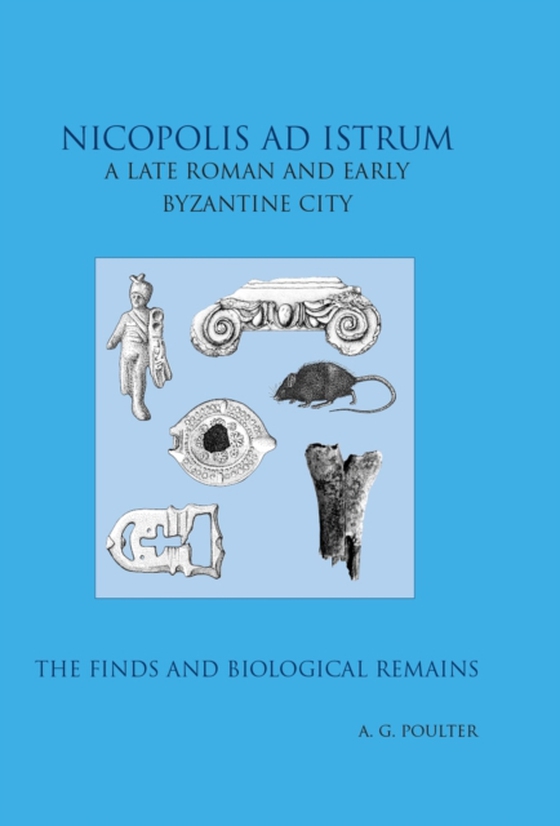
Nicopolis ad Istrum III e-bog
265,81 DKK
(inkl. moms 332,26 DKK)
This, the third and final monograph, completes the description of the excavations carried out by the British team, part of the Anglo-Bulgarian archaeological programme on the site of Nicopolis ad Istrum in northern Bulgaria, one of the best-preserved ancient cities of the Roman Empire. The site provided a unique opportunity to compare the changing layout and economy of an urban centre from the ...
E-bog
265,81 DKK
Forlag
Oxbow Books
Udgivet
27 maj 2007
Længde
330 sider
Genrer
1DVW
Sprog
English
Format
epub
Beskyttelse
LCP
ISBN
9781782974994
This, the third and final monograph, completes the description of the excavations carried out by the British team, part of the Anglo-Bulgarian archaeological programme on the site of Nicopolis ad Istrum in northern Bulgaria, one of the best-preserved ancient cities of the Roman Empire. The site provided a unique opportunity to compare the changing layout and economy of an urban centre from the Roman to the late Roman and the early Byzantine periods (c. AD 100-600). The excavations, geophysics, coins and wall-plaster were published in volume 1. Volume 2 describes the evidence for economic changes between the Roman and early Byzantine periods and contains full reports on the pottery and the glass. This volume includes full descriptions of all small-finds (ceramic copper-alloy and iron objects, glass, lamps, sculpture, architecture and flints) each object provided with a description of its archaeological context and the date of deposition. The second half of the volume identifies the environmental and economic differences between the three main periods in the history of the site. Reports include quantified assemblages of zooarchaeological finds (large and, small mammals), fish, birds, archaeobotanical remains, mollusca and human skeletons as well as the results of metallurgical analysis: copper-alloy, iron and 'natural' steel. Not only is this range and quantity of finds in these reports unparalleled in the Balkans, they represent a valuable resource for the material culture of the Roman and late Roman periods coming, as they do, from a part of the Roman Empire which has produced very few comparable assemblages. Of no less importance are the quantified bioarchaeological data which offers a unique insight into the charging morphology and economy of a Roman, late Roman and early Byzantine city.
 Dansk
Dansk

